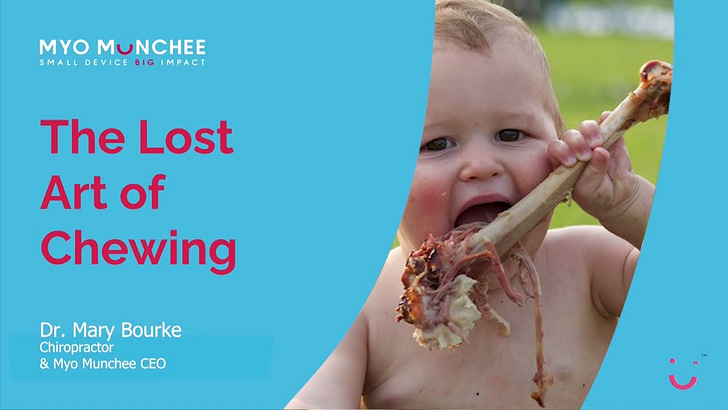Catching Language Problems Early
... Physical problems can be fixed with exercise, they are not mental problems
It is important to remember that the sounds a child can produce with their mouth and the language their brain absorbs are two different things.
Here is some good basics,
The sounds a child can make will be harmed by a cramped jaw and misaligned teeth. Such a child cannot say certain sounds that involve more tooth and tongue precision. But this has nothing to do with their brains, and certainly must not change the speed at which you introduce language material!
If you have such a child, do this:
Figure out which sounds the child cannot make.
Analyze the child’s teeth, tongue, and mouth for such problems as:
Lack of space between the baby teeth.
Tongue or lip ties.
Malformation of the inner mouth
Malformation of the jaw bone
Begin myofunctional therapy with a myo munchee (I am not advertising the myo devices. It is most affordable and least intrusive device I have found.)
Decide whether you need a myofunctional therapist. But do begin the basic therapy at home with the myo munchee now! Many parents decide to do the work on their own because good myofunctional therapists are rare.
Do NOT delay the presentation of sandpaper letters and the movable alphabet. But, you must adjust your sandpaper letter presentation, so that you do not ask the child to say the sounds in step three. See my note below.
Adjusting the Sandpaper Letter Presentation
When you get to the relevant steps in the sandpaper letter presentation where the child is to say the sound aloud, you gently and quietly tell the child that “You can say the sound to yourself quietly or you can say it aloud to me.” This is especially important in a classroom setting where the child may begin to feel self-conscious about sounds that he or she cannot properly pronounce.
Your tone is very important when you say this. Imagine you are speaking to an adult friend whom you respect. This is the gentle tone you use. It should be matter-of-fact, so that the child does not get the feeling that you are pitying or babying him or her.
It frequently surprises adults to realize how quickly children become self-conscious about pronunciation problems. It is crucial that you manage the behavior of the adults around the child, so that they do not make this temporary structural problem a big emotional problem.
In general, it is important to avoid prompting children to say sounds or words aloud as they read because reading is a personal, internal process. Prompting children to say things aloud can derail the process, especially if the child is uncomfortable with something.
Medical
Most importantly, do not let a doctor convince you that such a child needs jaw surgery. In every case where a doctor has recommended such surgery to parents of my students, it has been a simple matter to change the development of the child’s jaw with exercise, a harmless and removable myo munchee device, nutrition, and time.
As you know, I’m not a doctor. But I’d like to think that if I had become a surgeon, my morals would have remained intact, free from the influence of the filthy lucre.
Here are some useful prior posts:
Cramped baby teeth?
The exercise chart is at the bottom of this post. Wrinkles around your eyes? Do the “suction hold” from the chart. A cramped mouth and narrow jaw lacks support under the eyes, so the exercises below help adults, too.
Speech Issues?
If your child does not have space between all of their baby teeth, or if their baby teeth are not straight, start 1) myo functional therapy, and 2) a no-pesticide, nutrient-dense diet. Newbies, start here with my previous posts.
Build a Healthy Jaw, Mouth & Brain
We frequently suggest Myo Munchee devices to parents, especially those whose children’s mouths have become deformed by pacifier use.
Daughter, Mother, Bone Density
Bone density is developed throughout childhood. Your child’s best chance at lifelong health depends on what you do now.






